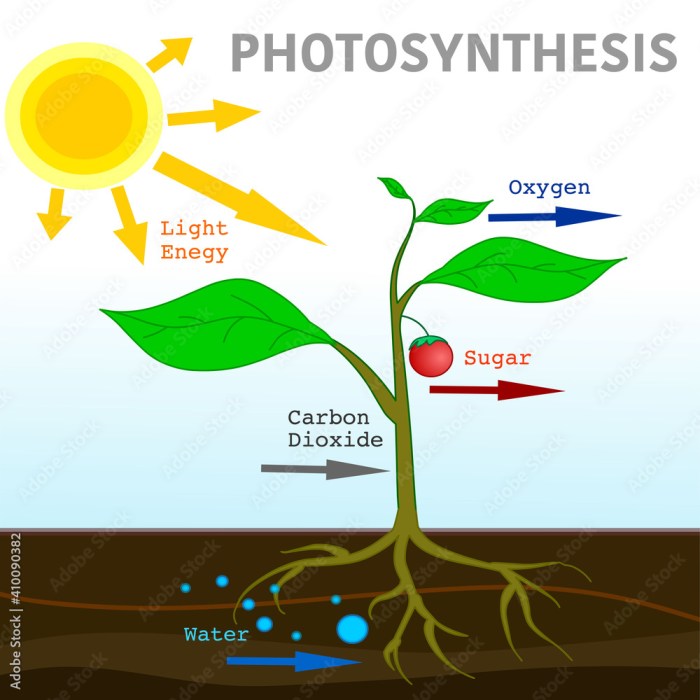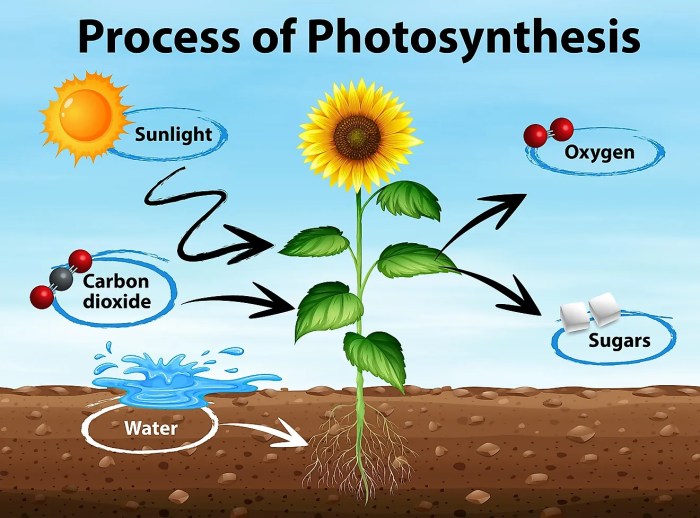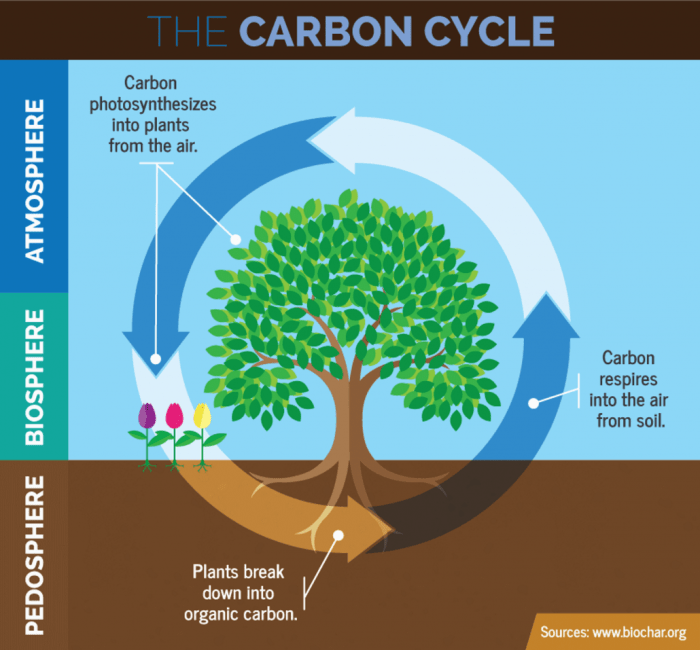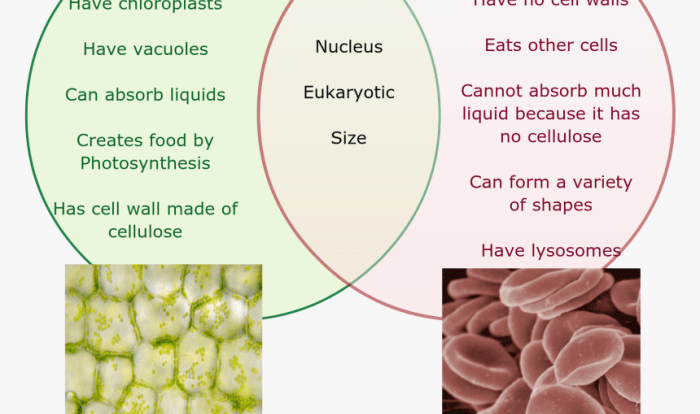Select all of the following that are true about photosynthesis, a fundamental process that underpins the very existence of life on Earth. This intricate symphony of light, water, and carbon dioxide yields the very oxygen we breathe and sustains the delicate balance of our planet’s ecosystems.
Embark on a journey into the realm of photosynthesis, where we unravel its intricate mechanisms, explore the role of chlorophyll, and delve into the fascinating light-dependent and light-independent reactions. Discover the significance of environmental factors and gain insights into the diverse pigments involved in this captivating natural phenomenon.
Photosynthesis

Photosynthesis is the process by which plants and other organisms use the energy from the sun to convert carbon dioxide and water into glucose and oxygen. It is a complex process that takes place in the chloroplasts of plant cells.
Define photosynthesis
Photosynthesis is the process by which plants and other organisms use the energy from the sun to convert carbon dioxide and water into glucose and oxygen.
Explain the chemical equation for photosynthesis
The chemical equation for photosynthesis is:
This equation shows that six molecules of carbon dioxide, six molecules of water, and light energy are used to produce one molecule of glucose and six molecules of oxygen.
Identify the reactants and products of photosynthesis, Select all of the following that are true about photosynthesis
The reactants of photosynthesis are carbon dioxide, water, and light energy. The products of photosynthesis are glucose and oxygen.
Key Questions Answered: Select All Of The Following That Are True About Photosynthesis
What is the primary product of photosynthesis?
Glucose, a vital energy source for all living organisms
How does chlorophyll contribute to photosynthesis?
It absorbs light energy and initiates the conversion of light energy into chemical energy
What is the significance of the Calvin cycle?
It fixes carbon dioxide into organic molecules, ultimately producing glucose


